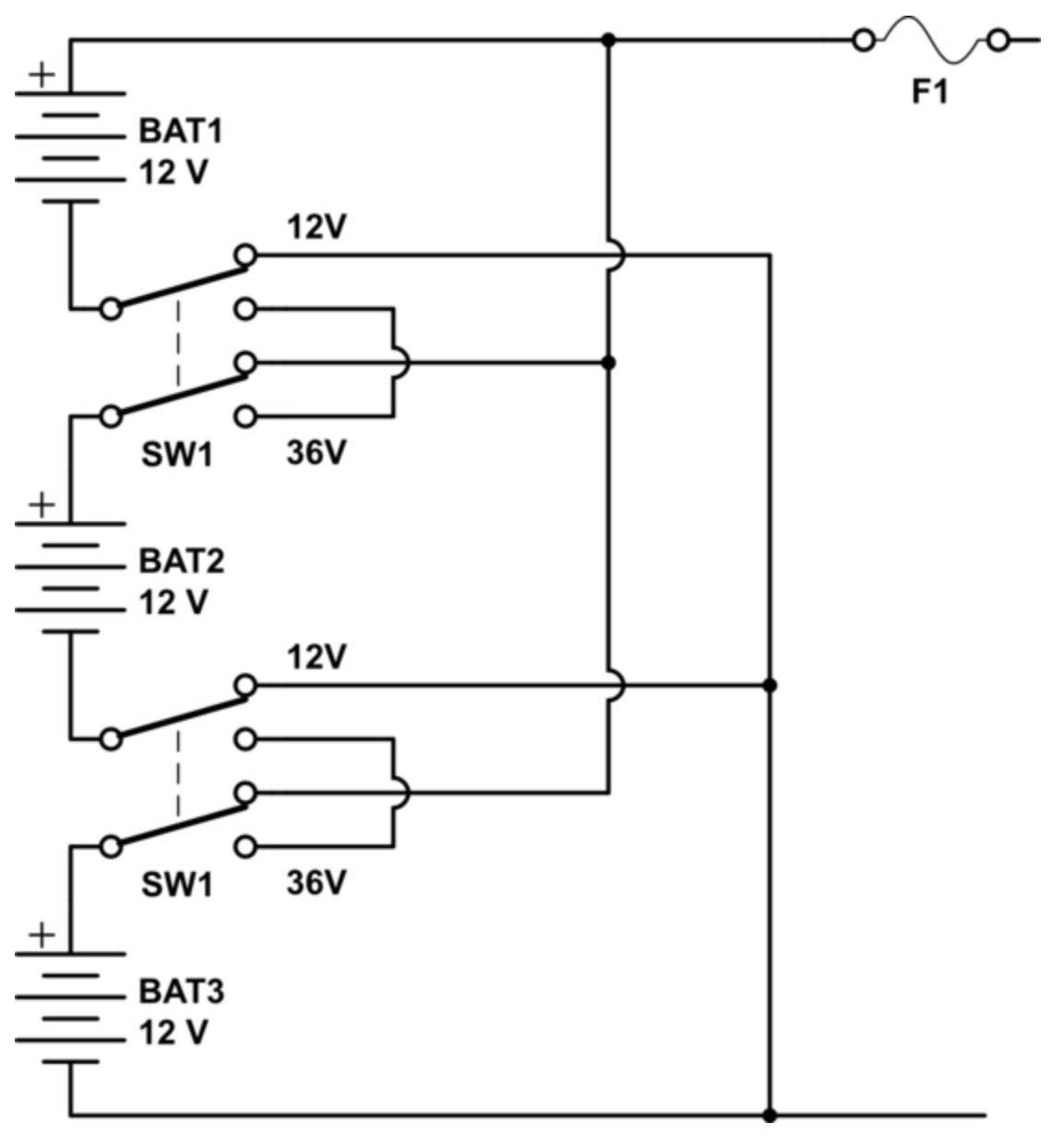Writing together in series and parallel
Two different ways to work with other writers and produce more power
Today we’re pleased to present work from prolific writer and editor Dylan Tweney, who makes some astute observations about the power of two different methods of writing together.
Foster offers a full calendar of Writing Circles that are free and open to everyone. Come join us! RSVP here.

For me, the word “writer” has long called to mind the archetype of a poet in a lonely garret, scribbling away on page after page (or banging away on a keyboard) as the city goes about its business, far away and outside.
It’s true that solitude is an important ingredient for serious writing. Virginia Woolf was not wrong to emphasize the need for a room of one’s own. Much of my own career as a writer has been spent by myself, in my little garden office, a converted potting shed tacked onto the back of the garage. It has just enough room for me, a small sturdy desk, a few shelves crammed with books and journals, some spiders, and little else. I’m grateful for the good fortune that has brought me to this simple, cozy space and enabled me to do so much work here.
But writing alone is only part of the story. Most of my professional work as a writer has been collaborative: I’ve written, edited, and published along with teams of people, including other writers, editors, and designers. Writing this way, my name might occasionally appear on the byline of an article, but I am far from the only one who wrote it.
A big part of my development as a journalist and professional writer was learning to set my ego aside and embrace the give-and-take of collaborative writing. I had to learn how to edit and how to be edited. The writing goes from me to someone else, and then to someone else. I had to let go of attachment to “my” words. Once I did, it made all the difference.
I’ve been sharing some advice about how to write with others, in a series of posts on collaborative writing over on my newsletter.
Writing in parallel
This year, I’ve learned the power of writing with others in a different way: Not necessarily collaborating on the same piece (writing “in series”), but working at the same time, in the same virtual space. If we were toddlers, our parents would call this “parallel play:” We’re not playing with the same toys, but we are playing alongside one another. Let’s call it writing in parallel.
Coming to Foster this year has meant making a weekly appointment to sit down, on a Zoom call with other writers, and give myself 90 minutes to write. The weekly writing circle I usually attend is facilitated by the amazing Sara Campbell but there’s a whole team of facilitators at Foster, each with different styles. The basic format is similar, though: We check in with each other, settling into our bodies and the physical spaces each of us are in as well as the virtual space we share. The facilitator usually offers a short guided meditation or a prompt or exercise. And then off we go, writing. At the end, we check in with one another, sharing a bit of what we wrote (if we’re feeling brave) or maybe just talking about how it went.
This kind of writing unlocks a powerful sense of mutual encouragement and support. Many other writers have known about this for decades, which is why writing circles and workshops exist. I don’t know why it took me so long to discover that. Starting to participate in Foster cohorts and writing circles this year is one of the key ingredients making the past few months into one of the most productive periods of my writing life. (The other ingredient: A commitment to writing morning pages almost every day.)
These two modes of writing together, in series or in parallel, are powerful, each in their own way.
Let’s imagine that you, an individual writer, are a single laptop battery. You’re portable, you can generate a good amount of energy on your own, and you can write all day (on a good day).
But a group of writers is like a massive Tesla battery, with a bunch of laptop batteries all linked up to store energy and deliver it in concentrated, high-voltage, high-wattage form — and maybe that amount of energy can go for weeks at a time without a recharge.
Sometimes, you want the portability of a single laptop. But sometimes you need a big, powerful jolt, and/or support for the long haul — that’s when you need to connect with other writers, in series or in parallel.
***
Come write in parallel with me! I’m offering a free, open-to-the-public writing circle on Monday, June 17, at 4 p.m. Pacific time. Sign up here: Freewriting with the flow.
***
Dylan Tweney is a writer, editor, story coach, and content strategist.
Foster is a unique community of practice where writers get the support they need to stay consistent, go deeper into their work, and write the stories only they can tell. Join us!




I love this comparison! I know that even having the Foster energy and spirit helps me have the momentum to write